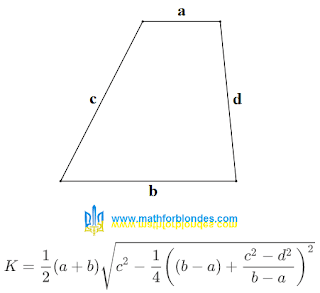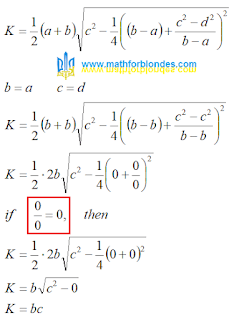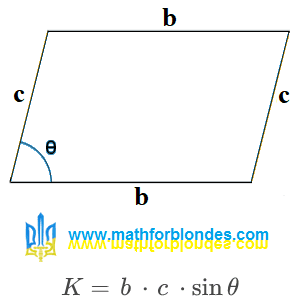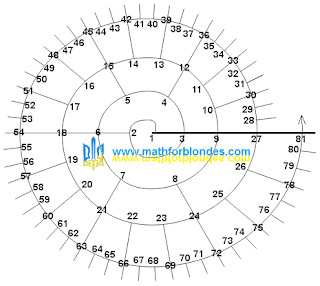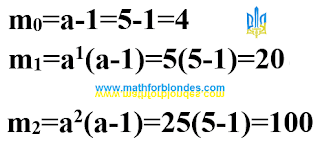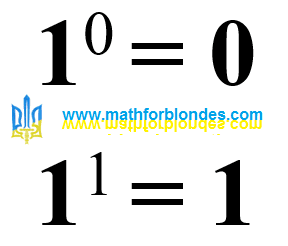I have been studying trigonometry for a long time. The trigonometric transformations that I will show you now are for me somewhere at the foundation of mathematics. In those lost pages of mathematics textbooks that preceded natural numbers. Or that we have yet to write. A question for all of you: without understanding what could the very concept of counting not have arisen?
Trigonometry
This is a small lyrical digression for those mathematicians who have long forgotten trigonometry. What self-respecting mathematician would engage in such a long-known nonsense as trigonometry? I remind them especially for them:
 |
| Trigonometry formulas |
Schoolchildren know these trigonometric formulas well. They have been tested by practical application for hundreds of years. Many generations of mathematicians have applied these trigonometric transformations without any problems. I have no reason to doubt the correctness of these trigonometric formulas.
But these formulas contain one small problem, the solution of which has proven beyond the capabilities of all generations of mathematicians. This problem is called "division by zero". Now we will see how it looks in trigonometric formulas.
Division by zero
Now we will substitute the values of trigonometric functions for different angle values into the given trigonometric formulas. No special problems arise in this case, except for angles equal to 0 and 90 degrees. Let's see what happens:
 |
| Trigonometry and division by zero |
Trigonometric formulas clearly show that:
1. Dividing zero by zero results in one.
2. Dividing a number (one) by zero is possible.
Statement number 1 has been known to me for a long time. If the formulas given are algebra, then I have no problems with the geometric and physical meaning of dividing zero by zero. Perhaps I have already written about this. I don't remember. If I haven't, I will.2. Dividing a number (one) by zero is possible.
For a long time I didn't believe in the possibility of dividing a number by zero. I recently solved this problem. Now I need to format it nicely and publish it. Unfortunately, all my time is taken up with earning money for a living, and not with solving mathematical problems.
By the way, I have believed in the possibility of division by zero for a very long time. It was this belief that made me take up trigonometry. I did not know trigonometry either at school or at the institute. It is the understanding of trigonometry that allows you to find a solution to the problem of division by zero. It is enough to know what and where to look for. You already know what to look for. Where to look, I will soon show you along with the basic principles of division by zero.
The order of performing mathematical operations
and the result of division by zero
Now let's get back to the little problem that dividing zero by zero has different results in different formulas: in trigonometric formulas and in the formula for transforming the area of a trapezoid. It is quite possible that the result depends not on the mathematical operations, but on the order in which the multiplication and division are performed.
Let me remind you that according to the rules of mathematics, multiplication and division are performed in the order in which they are written in a mathematical expression. Who writes down a mathematical expression? A mathematician. On what basis? Now that's an interesting question. Ideally, the order of mathematical operations should be determined by the physical process that the mathematical expression describes. In fact, the mathematician will write them down in whatever order he wants. But let's see what I mean:
 |
| Mathematical operations and division by zero |
In my opinion, this option fits better into the mathematical rules. But the determining factor will be the result of practical application of these theories in the future. Why did I designate the result of dividing one by zero as "x"? Whatever it is, as a result of multiplying by zero we get zero.
Conclusions
I have neither moral nor legal right to make authoritative statements. I have neither authority nor mathematical education and I have nothing to do with mathematics. Mathematics is my hobby. But this is my main advantage. I can say whatever I consider necessary. No one will kick me out of school or work for this. Therefore, as a rational being, I will tell you the following.
Mathematicians are absolutely right when they say that division by zero is impossible. Within the framework of number theory, no one has been able to solve this problem and is unlikely to be able to. Set theory has nothing to do with mathematics at all. What other tools do mathematicians have to solve the problem of division by zero? Geometry? Or something else?
I believe that the main mistake of mathematicians is their global approach to solving problems. Mathematicians always generalize and expand everything. The correct scientific approach also implies the ability to separate and narrow. Without this, science turns into a mediocre religion. Modern mathematicians are not even able to count the terms with their fingers when rearranging the terms in a sum. So what if this sum is infinite? The laws of mathematics are always the same for everyone. I still have many questions for mathematicians like "Why exactly this way and not otherwise?" I hope I will have time to formulate them.
More interesting math ideas on the page "My Math"
